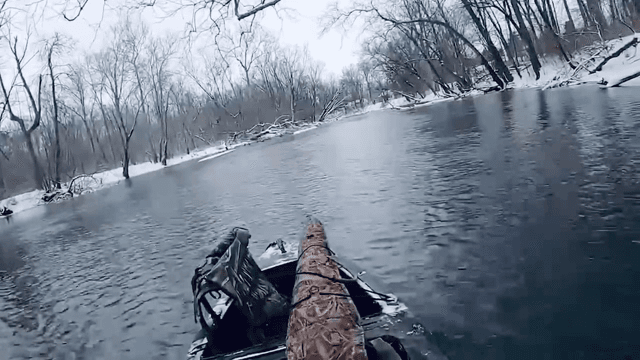
Hunting in Belarus is very popular among locals and foreigners. Almost virgin forests and mild European climate create all conditions for a variety of wildlife and birds. In Belarus, hunting for roe deer, deer, wild boar, hare, elk, wolf, partridge, geese, ducks, grouse and other animals is permitted. And, even for the handsome symbol of Belarus – European bison – the largest animal of the continent! However, this is not a cheap entertainment, and you should get permission in specialized hunting farms. Find out everything you need to know about this popular activity in our article! The country is also interesting and attractive for fans of hunting due to the fact that the total area of hunting grounds is about 17 million hectares. True lovers of this activity have enough space for their favorite hobby in Belarus. Fans of hunting tourism are encouraged by the fact that almost all the year round it is allowed to hunt for more than 50 species of animals in the country. Thanks to these advantages, many foreigners, as well as amateurs of active tourism annually spend their holidays in this land of forests.
Post: 4 October 18:55
















































